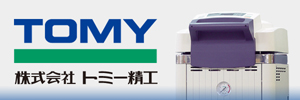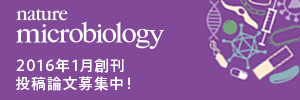Previous Story
O34-03 : The Cedars蛇紋岩水系に生息する微生物群のメタゲノムおよび生理機能解析
Posted On 20 10月 2014
Comment: Off
1J. Craig Venter Insitute, Department of Microbial and Environmental Genomics, 2海洋機構・高知コア研, 3産総研・北海道セ, Delft University of Technology, Department of Biotechnology, University of Southern California, Department of Earth Sciences
The Cedars, in northern California, is an active site of peridotite serpentinization. The spring waters that emerge from this system feature extremely high pH (pH=11-12), low redox potential (Eh=-600 mV), low salinity, relatively rich in calcium and lack of obvious electron acceptors and carbon sources, making it an exceptionally challenging environment for life.
Geochemical studies of The Cedars revealed that the site has two different serpentinizing meteoric water sources: a deep submodern source that interacts with peridotite body as well as km-deep marine sediments, and a shallow modern source that interacts only with the overlying peridotite. The community in the shallow source was similar to serpentinization communities in other terrestrial sites, while the deep was taxonomically very unusual, being populated mostly by uncharacterized phyla or families.
To understand metabolic strategies taken by these organisms, we employed two different approaches: physiological investigation of environmentally-relevant isolates and metagenomic and genome-binning analyses of the microbial population. Here we present unusual physiological, metabolic and evolutionary features of the microbes associated with this extreme environment and discuss the potential microbiological strategies to thrive in a serpentine-hosted harsh ecosystem at The Cedars.
keywords:好アルカリ性微生物,蛇紋石化作用,ゲノム,メタゲノム,




